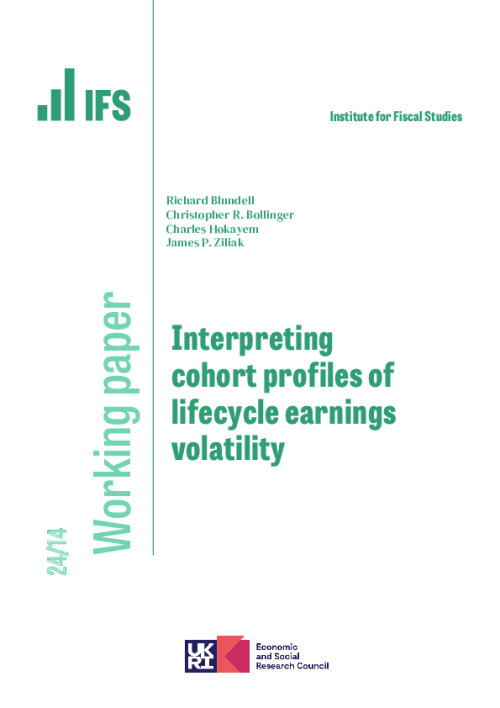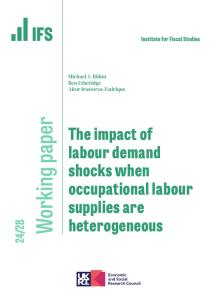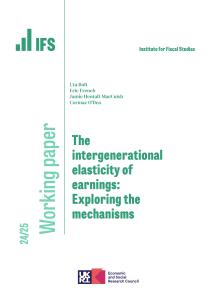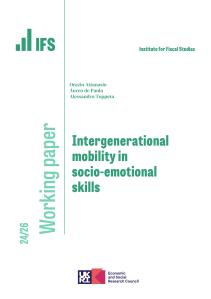We present new estimates of earnings volatility over time and the lifecycle for men and women by race and human capital. Using a long panel of restricted-access administrative Social Security earnings linked to the Current Population Survey, we estimate volatility with both transparent summary measures, as well as decompositions into permanent and transitory components. From the late 1970s to the mid 1990s there is a strong negative trend in earnings volatility for both men and women. We show this is driven by a reduction in transitory variance. Starting in the mid 1990s there is relative stability in trends of male earnings volatility because of an increase in the variance of permanent shocks, especially among workers without a college education, and a more attenuated trend decline among women. Cohort analyses indicate a strong U-shape pattern of volatility over the working life, which comes from large permanent shocks early and later in the lifecycle. However, this U-shape shifted downward and leftward in more recent cohorts, the latter from the fanning out of lifecycle transitory volatility in younger cohorts. These patterns are more pronounced among White men and women compared to Black workers.












